SIEM REAP — What gives Cambodia’s ancient temples their unmistakable allure? Is it the intricate bas-reliefs etched into stone, the scale of construction that defies its era, their quiet coexistence with the jungle—or merely the passage of time?
However one tries to define their beauty, capturing the spirit of these centuries-old ruins proves far more elusive than it first appears.

When ‘Lara Croft: Tomb Raider’ premiered in 2001, the world got a glimpse of Cambodia’s Angkor Wat and the haunting beauty of Ta Prohm, where immense tree roots wrap around crumbling stone walls and jungle canopy filters light over the ruins. These images didn’t just showcase architecture—they conveyed something deeper: a sense of time, of decay, of endurance. A sacred grandeur shaped by centuries.
Yet not everyone views the weathered state of these temples with admiration. Some express frustration that these monuments haven’t been restored to their original glory. Others argue that fresh carvings should replace damaged bas-reliefs, or that fully reconstructed temples would attract more visitors.
While these suggestions may seem practical, they reveal a misunderstanding of what these ruins represent—and what is lost when authenticity is sacrificed.

More Than Relics of the Past
In Cambodia, temples are more than relics of the past. They are still deeply spiritual places. Though Buddhist pagodas now dominate the landscape, the ancient Hindu temples of Angkor carry the weight of sacred memory. For centuries, they’ve been left to the mercy of the elements. Towering trees fractured their foundations, termites undermined the soil, and bat droppings eroded the sculptures. Nature took its course, and in doing so, became part of the story.
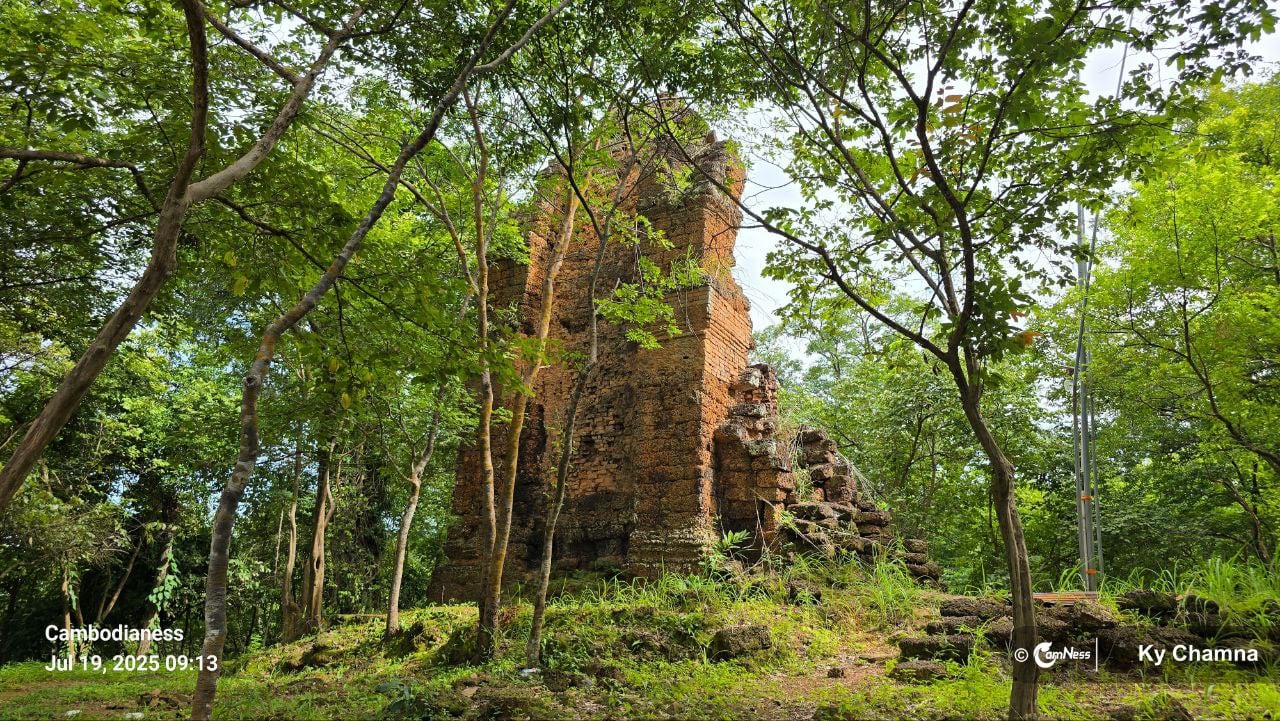
It wasn’t until the early 1990s that international and Cambodian experts began crafting a shared strategy to conserve the temples of the Angkor Archaeological Park. From the start, the question was not only how to restore the monuments—but how to do so without erasing the traces of time.
“The philosophy is to preserve nature as much as possible. At the same time, because we have the monuments as testimony of civilization, we should also do our best to preserve them as well,” said Mounir Bouchenaki, an Algerian conservation expert with the International Coordinating Committee for Angkor (ICC-Angkor), in a March 2024 interview.
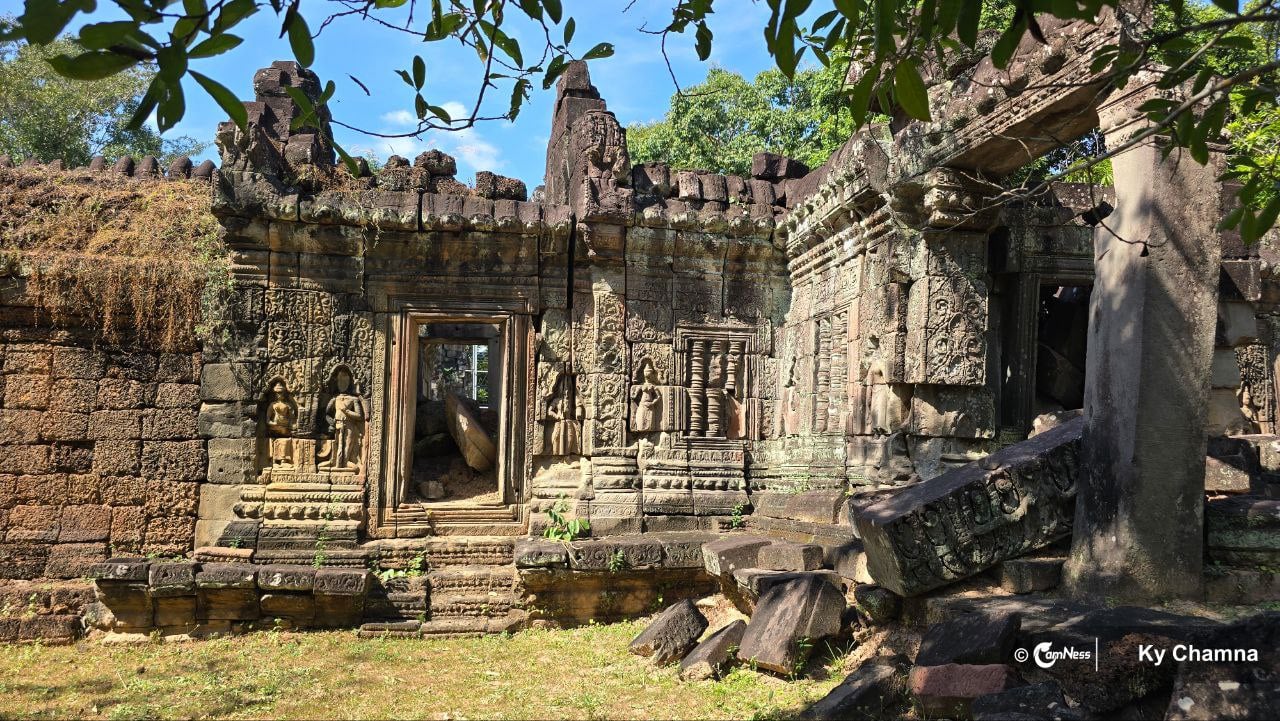
A former UNESCO Assistant Director-General for Culture, Bouchenaki emphasized the delicate equilibrium between what humanity built and what nature reclaimed. “In some places, we must leave the testimony as time has touched it,” he said. “That is a kind of archaeological romanticism.”
But what does it mean to be “ancient” in a world obsessed with preservation, perfection, and timelessness? Unlike modern buildings, temples are meant to age. Their crumbling edges and faded colors are not flaws—they are part of their identity.
In a rapidly modernizing Cambodia, Siem Reap offers rare pockets of authenticity: sites where time has not been reset, but allowed to leave its mark.
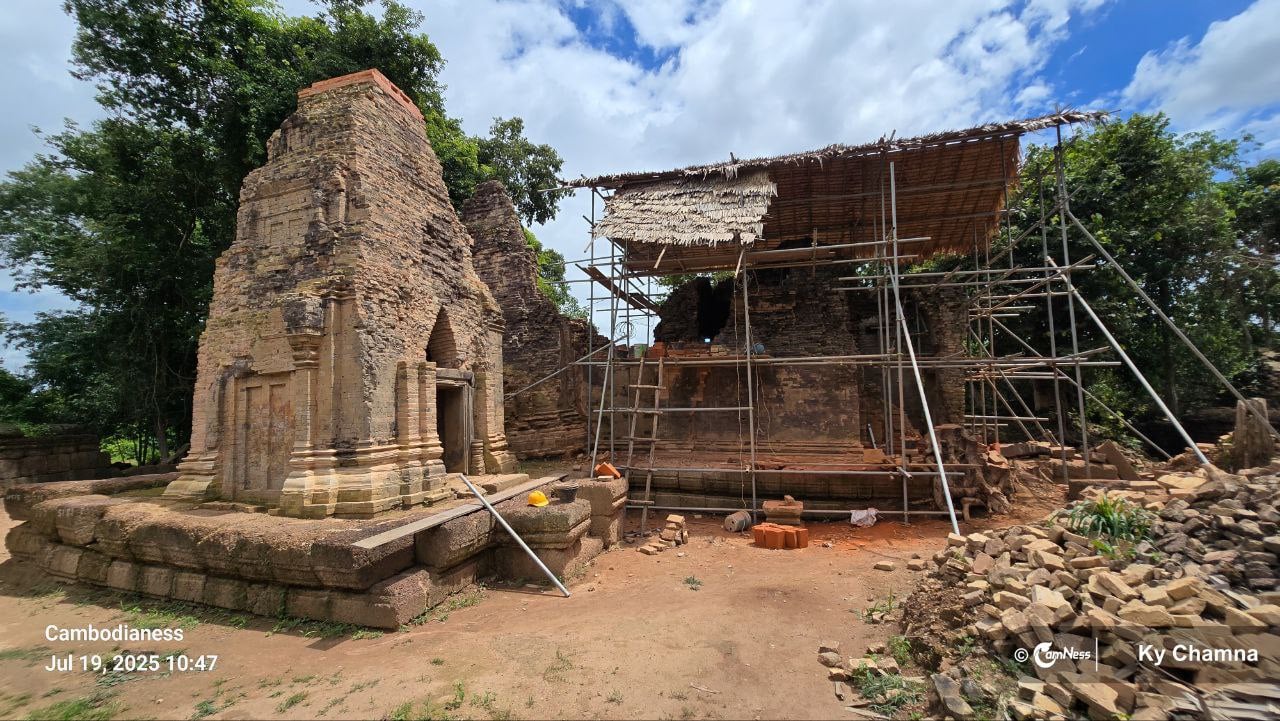
Temples are not just ruins. They are masterpieces, encoded with memory. Ethical restoration, guided by charters such as the Angkor Charter, urges experts to use traditional methods and original materials whenever possible. Each stone is treated with reverence. Each intervention is carefully weighed: does it strengthen the structure, preserve its meaning, and respect its form?
Restorers know that these stones are not inert. They hold sacred carvings, mythological bas-reliefs, ancient inscriptions, traces of color—clues to a world still being deciphered. Every decision must be reasoned with care.
In many cases, full restoration is simply not feasible. For severely damaged temples, there may be too little original material, or too many historical gaps, to justify complete reconstruction. As Som Sopharath, Director of the Department of Conservation of Monuments and Archaeology at APSARA National Authority, explained in a May 2025 interview, “We must have reliable historical documentation to guide our restorations.”
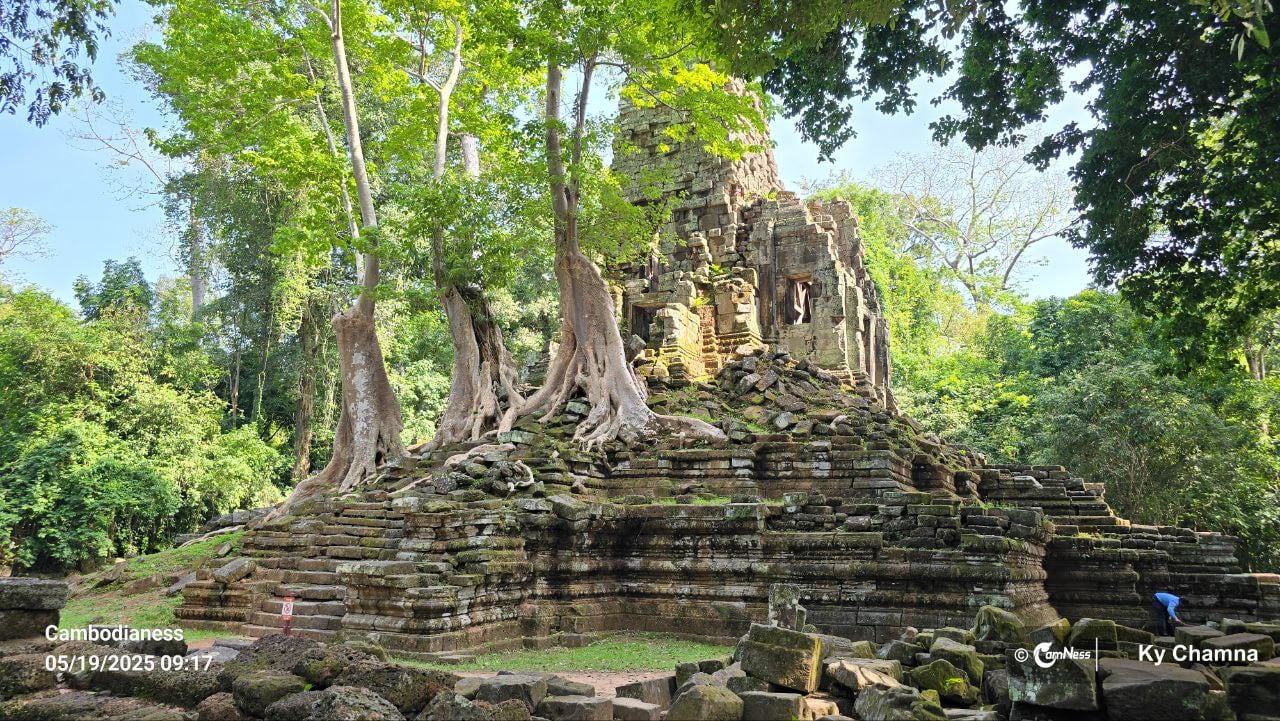
Much of that documentation comes from photographs and plans drawn decades ago by French archaeologists from the École française d’Extrême-Orient (EFEO). Yet even with these resources, restorers often face limitations—especially with brick temples, which are more fragile and fragmented than stone structures. As a result, many are left in a ruined state, out of respect for their integrity.
“There are well-restored temples in other countries,” Sopharath noted, “but their historical value is gone.”
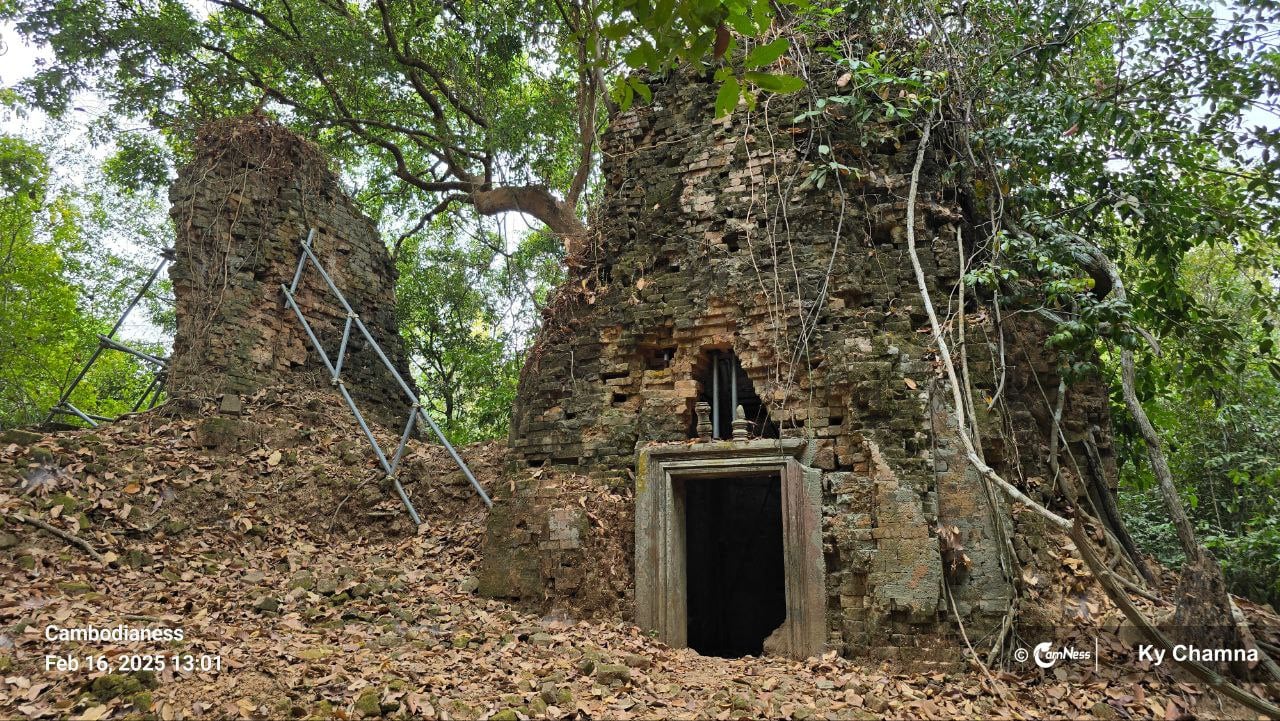
Vessels of Ancestral Spirit
For archaeologist Kory Vicheka of APSARA, ancient stones are not just construction material—they are vessels of ancestral spirit.
“To me, these ancient stones have souls,” Vicheka said in an April 2025 interview. “They were placed here with effort and intention by our ancestors. I never dare to undermine that.”
Sometimes, during restoration, parts of a damaged stone must be chiseled away to stabilize the whole. For Vicheka, these moments are deeply emotional: “It feels like amputating the flesh and blood of my ancestors. I feel sorrow every time.”
That reverence is why original stones are used whenever possible. It’s not just about structural soundness—it’s about spiritual continuity, a quiet recognition that these temples are the living memory of a civilization.
Despite uneven resources and priorities across Cambodia’s many archaeological sites, the temples remain vital legacies—not just of a vanished kingdom, but of the enduring bond between time, nature, and human devotion.
These ruins continue to captivate researchers, travelers, and artists alike. They are not just places of the past—they are mirrors of our longing, our questions, our awe.
To some, age is a flaw. But in these temples, age is the beauty. A beauty only time can sculpt.


